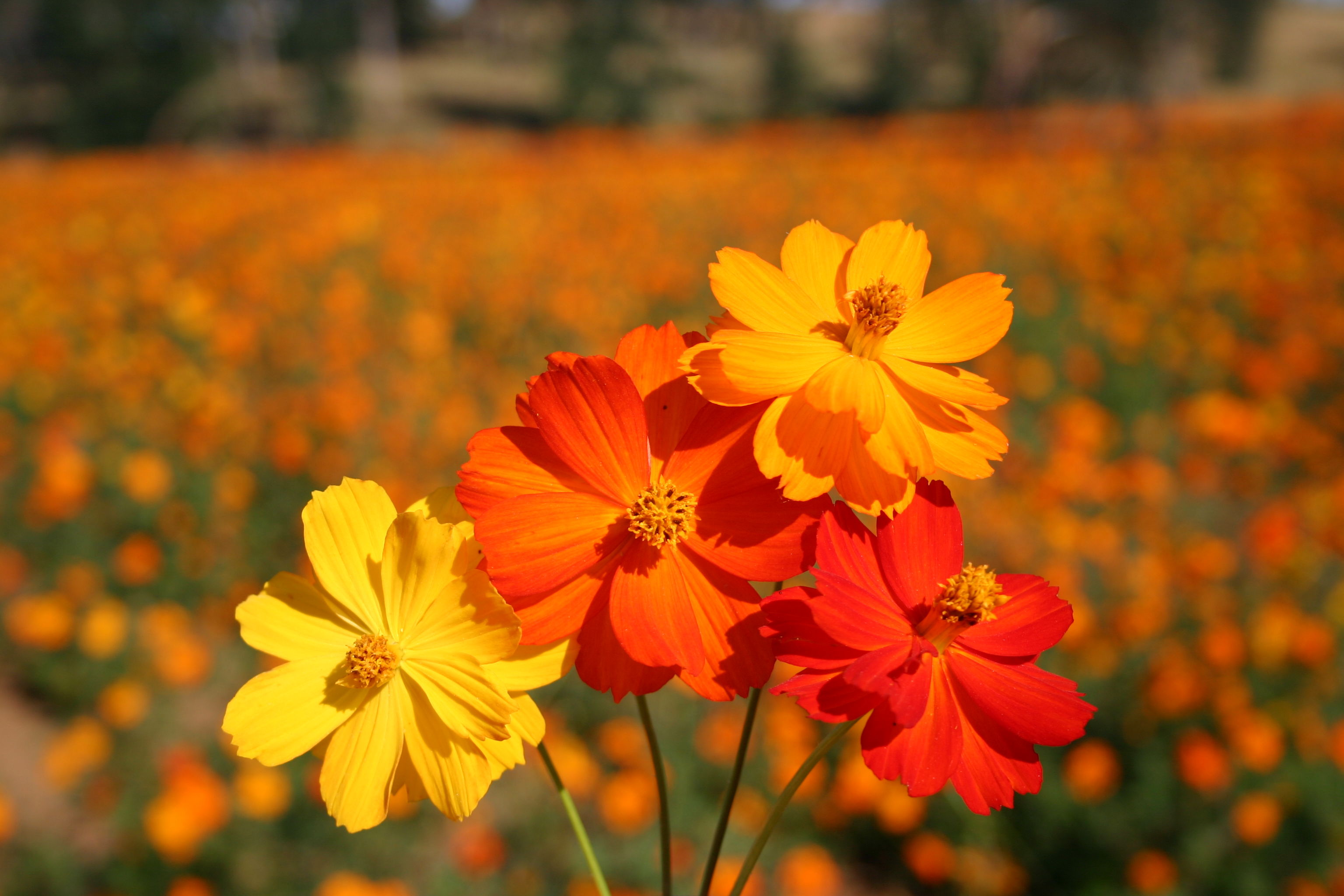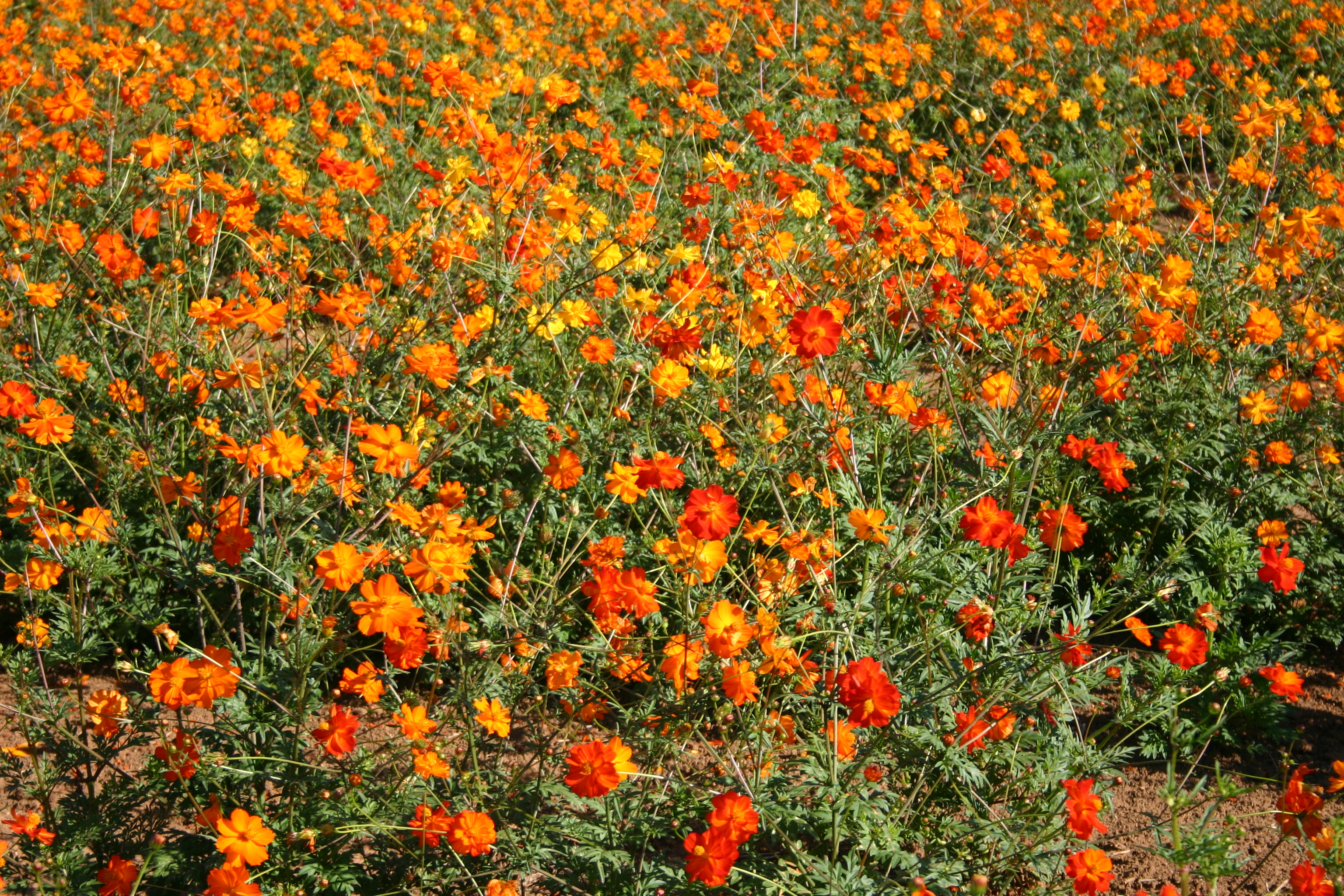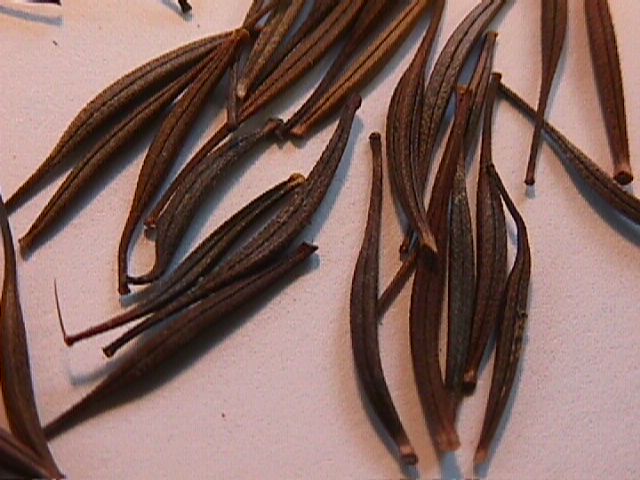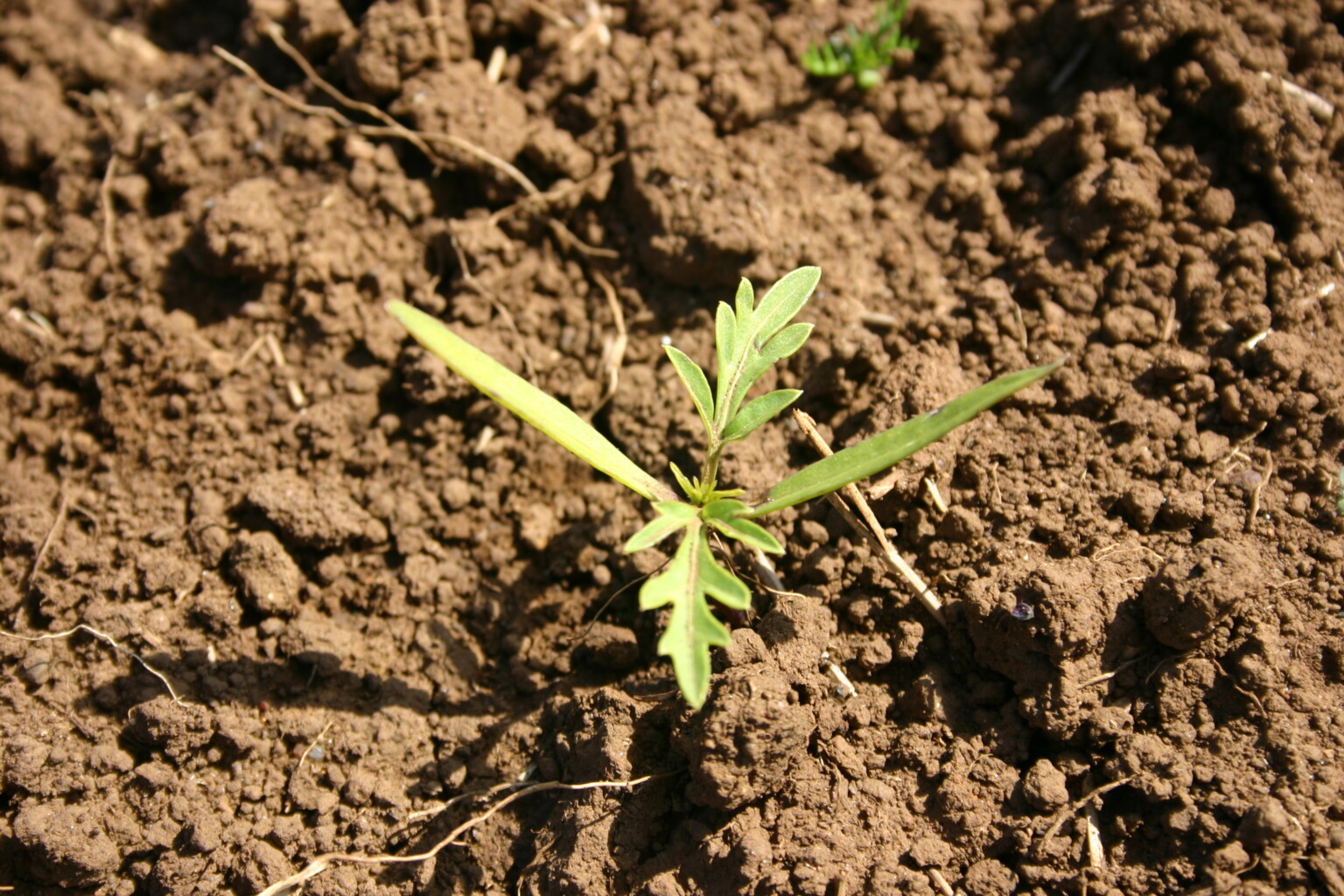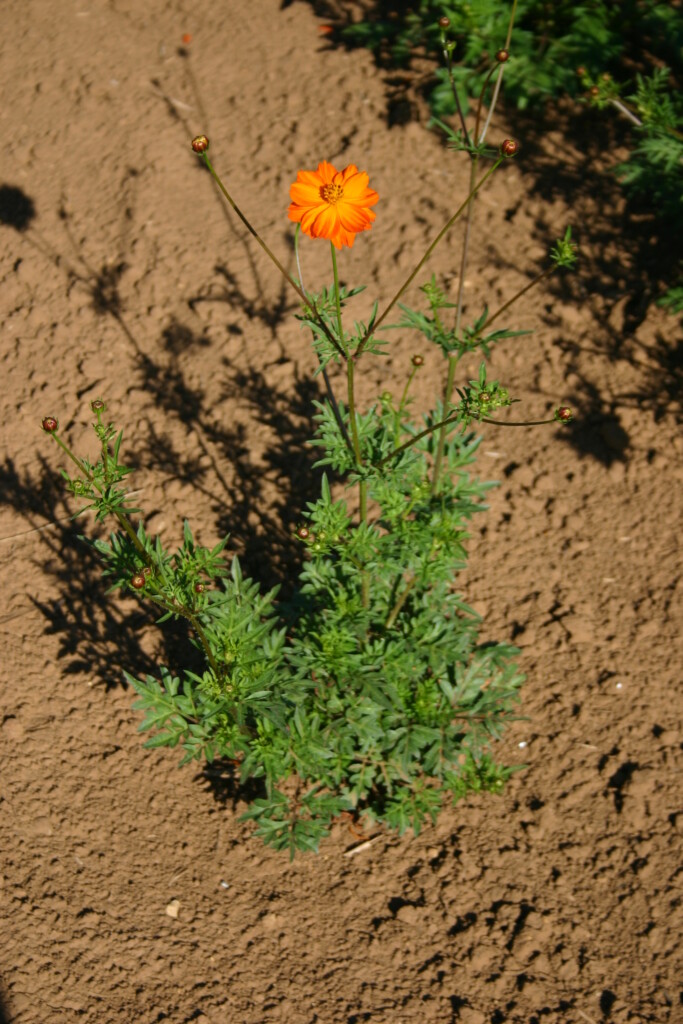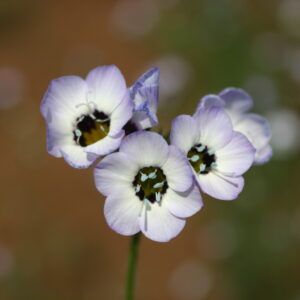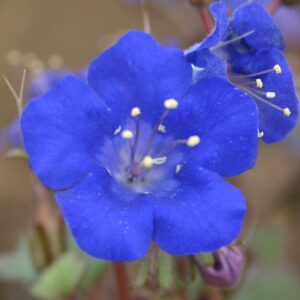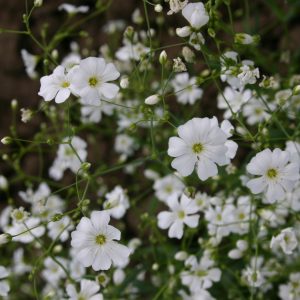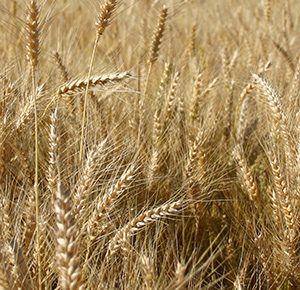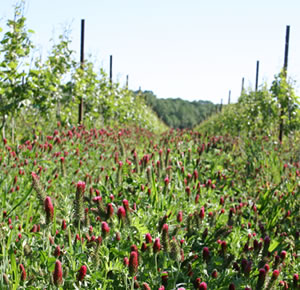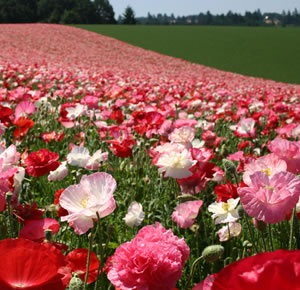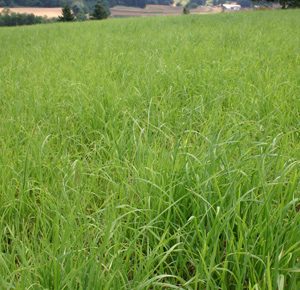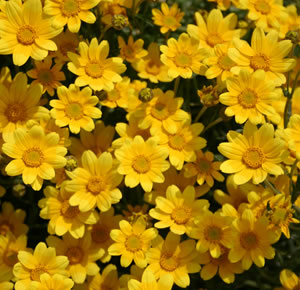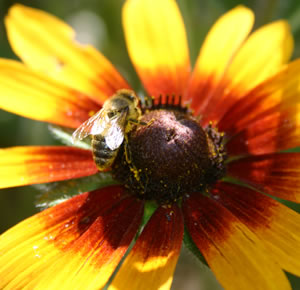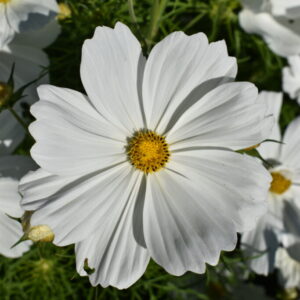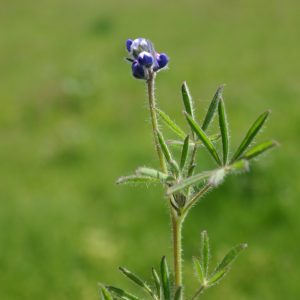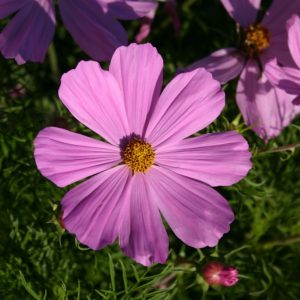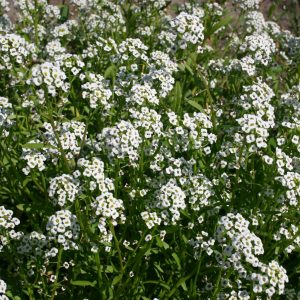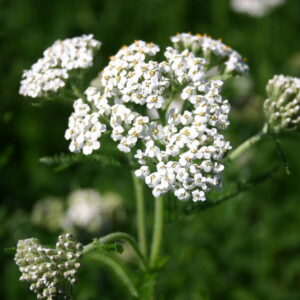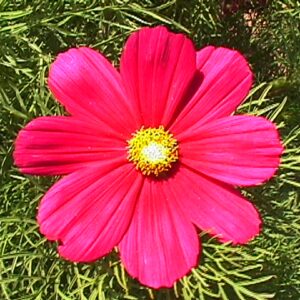Cosmos – Sulphur Bright Lights Mix
$2.50 – $27.75
The Sulphur Cosmos do well in hot, arid climates. It is native to Central America and can grow in temperatures up to and above 100° F. The Cosmos sulphureus has a smaller flower than the Cosmos bipinnatus. This flower will bloom later in the season than many others. When located in parched climate areas it can be planted in the fall. In colder, more moist climates wait to plant this seed until spring when the ground warms up. Otherwise, the seed will sit dormant in the ground and rot because heat is a necessary precursor to germination for this species. All Cosmos attract birds and make good cut flowers. This flower does better if planted in soil that is more infertile. Fertilizing it will cause overgrowth and instability. It does not need to be heavily managed and can sustain itself when neglected. It will survive if started indoors but will do better if it is planted directly outside.
**For larger quantities than listed for sale please contact us for availability and pricing.
The broadcast rate for seeding is 70 – 87.5 pounds per acre.
The seed drill rate for seeding in rows is 35 pounds per acre.
| Purchasing Options | Price | Quantity | |
|---|---|---|---|
| Small Packet | $2.50 | ||
Covers approximately 5 square feet. |
|||
| 10 Gram | $3.00 | ||
Covers approximately: |
|||
| 1/4 Pound | $12.00 | ||
Covers approximately: |
|||
| 1 Pound | $27.75 | ||
Covers approximately: |
|||
| Scientific Name | Cosmos sulphureus |
|---|---|
| Product Type | Flower, Flower Mix |
| Color | Orange, Red, Yellow |
| Cycle | Annual |
| Origin | Introduced species |
| Height | 24-48" |
| Germination Time | 7-21 days |
| Planting Season | Spring |
| Bloom Season | Spring, Fall |
| Weeks to Bloom | 9 to 10 weeks |
| Minimum Weeks to Bloom | 9 Weeks to Bloom Minimum, 10 Weeks to Bloom Minimum |
| Maximum Weeks to Bloom | 9 Weeks to Bloom Maximum, 10 Weeks to Bloom Maximum |
| USDA Zone | 3 to 10 |
| Seeds Per Pound | 63,000 |
| Seeding Rate (lb./acre) | 35 |
| Pollen/Nectar | Nectar, Pollen |
| Pollinator(s) | Bats, Birds, Butterflies, Honey Bees, Native Bees |
| Notes | The Cosmos sulphureus has a smaller flower than the Cosmos bippinatus |
| Light Requirement | Full Sun |

